How to Use Four Operations to Find the Rule of Input/Output Tables
To find the rule of an input/output table using the four basic operations (addition, subtraction, multiplication, and division), you need to analyze the patterns and relationships between the inputs and outputs.

A Step-by-step Guide to Using Four Operations to Find the Rule of Input/Output Tables
Here’s a step-by-step guide to using the four basic operations (addition, subtraction, multiplication, and division) to find the rule of input/output tables:
Step 1: Understand the Input/Output Table
Start by understanding the input/output table you are given. An input/output table consists of a set of input values and their corresponding output values. The input values are usually shown in one column, and the output values are shown in another column.
The Absolute Best Book for 4th Grade Students
Step 2: Identify the Relationship
Examine the input/output values and look for a pattern or relationship between them. Determine how the input values are related to the output values. For example, are they increasing or decreasing? Are they related to a fixed amount or a specific operation?
Step 3: Addition
If the output values are obtained by adding a fixed number to the input values, you can use addition to find the rule. Identify the constant difference between the input and output values. The rule would be to add that constant difference to the input value to get the output value. For example, if the input values are 3, 6, 9, and 12, and the output values are 7, 10, 13, and 16, then the rule is to add 4 to the input value.
Step 4: Subtraction
If the output values are obtained by subtracting a fixed number from the input values, you can use subtraction to find the rule. Identify the constant difference between the input and output values. The rule would be to subtract that constant difference from the input value to get the output value. For example, if the input values are 10, 15, 20, and 25, and the output values are 5, 10, 15, and 20, then the rule is to subtract 5 from the input value.
A Perfect Book for Grade 4 Math Word Problems!
Step 5: Multiplication
If the output values are obtained by multiplying the input values by a fixed number, you can use multiplication to find the rule. Identify the constant factor between the input and output values. The rule would be to multiply the input value by that constant factor to get the output value. For example, if the input values are 2, 4, 6, 8, and the output values are 10, 20, 30, and 40, then the rule is to multiply the input value by 5.
Step 6: Division
If the output values are obtained by dividing the input values by a fixed number, you can use division to find the rule. Identify the constant divisor between the input and output values. The rule would be to divide the input value by that constant divisor to get the output value. For example, if the input values are 16, 24, 32, and 40, and the output values are 4, 6, 8, and 10, then the rule is to divide the input value by 4.
Step 7: Verify the Rule
Once you have identified a possible rule using addition, subtraction, multiplication, or division, apply the rule to the remaining input values to see if it holds true. If the rule consistently produces the correct output values, you have found the rule for the input/output table.
Remember that this guide provides a general approach, and input/output tables can vary in complexity. Encourage students to think critically, look for patterns, and apply their mathematical understanding to solve the problems.
The Best Math Books for Elementary Students
Related to This Article
More math articles
- Is a Calculator Allowed on the CBEST Test?
- Full-Length SAT Math Practice Test-Answers and Explanations
- How to Analyze Cross Sections of 3D Solids: A Step-by-Step Guide
- How to Find the Volume of Spheres? (+FREE Worksheet!)
- Top 10 6th Grade PSSA Math Practice Questions
- 6th Grade NHSAS Math Worksheets: FREE & Printable
- Big Number Brainwork: How to Solve Word Problems with Large Whole Number Operations
- Geometry Puzzle – Challenge 65
- 10 Most Common PSAT Math Questions
- 6th Grade Wisconsin Forward Math Worksheets: FREE & Printable
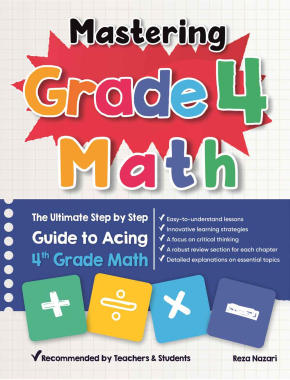
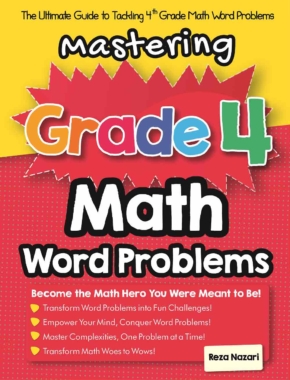
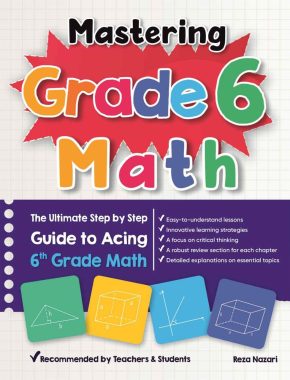
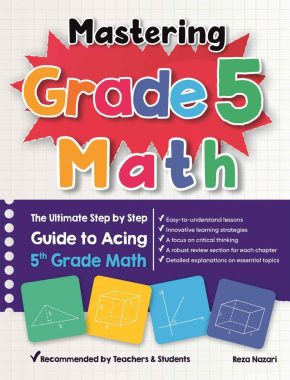
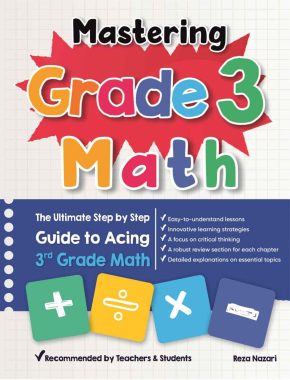
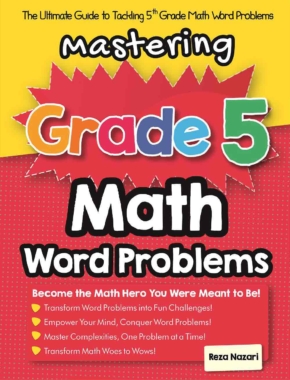
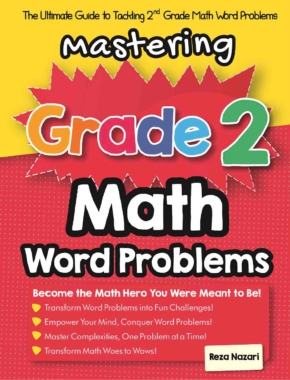
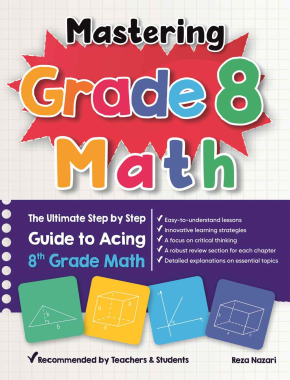



What people say about "How to Use Four Operations to Find the Rule of Input/Output Tables - Effortless Math: We Help Students Learn to LOVE Mathematics"?
No one replied yet.